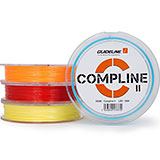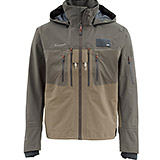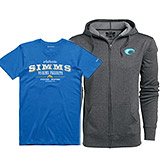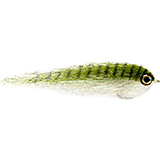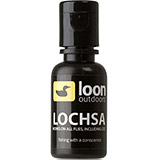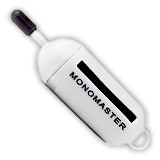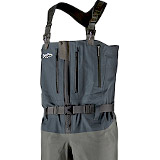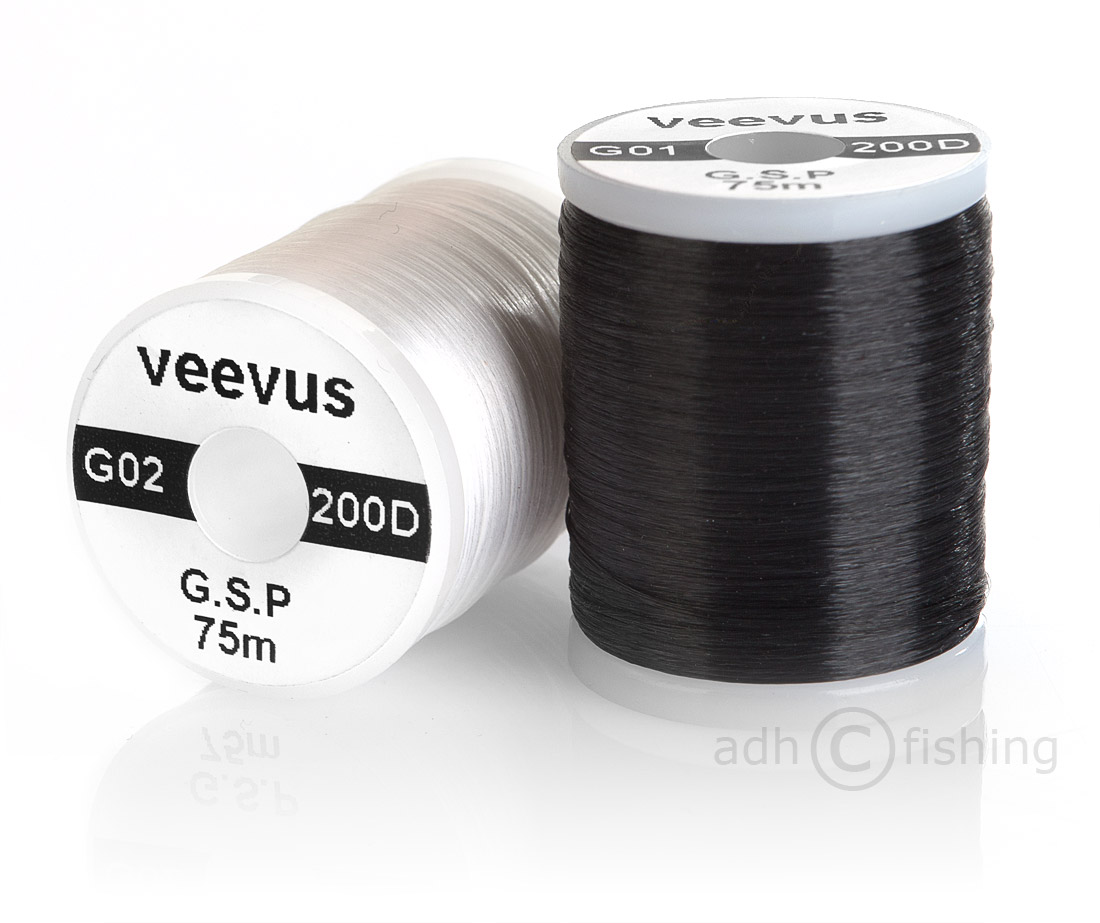Fly Tying Video 'Articulated Ragworm' for Sea Trout
Sea trout can be caught at any time of the year. But there are a few highlights in the year that we particularly look forward to. And one is just around the corner. Ringworms are coming! In this tying video Martin Rieck shows you an effective pattern for imitating a sea ringworm with the 'Articulated Ragworm' and explains how to fish this fly on the Baltic coast. Have fun tying the pattern!
The Sea Annelid (or 'Ringworm') spends most of the year in its sandy burrow in the bottom of the Baltic and North Seas. However, at mating time in spring, also called 'The Wedding', these worms, which are about 10-20 cm long, come out of the bottom and swim around in large numbers in shallow bays - to reproduce. When the water warms up and cracks the magic mark of 6 degrees Celsius, the worms become active. When the first full moon of spring (March/April) comes along, the time is perfect! Now, with the right fly, you can experience real magic on the coast. The sea trout have returned from spawning in the streams and are now looking for food in the shallows. The worms come just in time! Blank fish also come close to shore in spring to feed on the worms.
Ringworms and Sea Trout now prefer shallow bays with a slightly muddy or clayey bottom, because that is where the water warms up first. The warmed water not only attracts the worms, but also the Sea Trout's metabolism gets a small boost and the fish suddenly become active. At this point, at the latest, a Seaworm pattern should not be missing in your box, because the fish - comparable to a hatch on a Trout stream - literally shoot themselves on this food and pay little attention to other flies (e.g. a shrimp) for the time being.

Ragworm Wedding and Sea Trout
If you have found a bay with numerous worms in the shore area, then you should wade carefully and slowly and fish in all directions. The depth of the water is less important and you can expect the first fish in knee-deep water already. The worm fly is moved in long, not too fast strips. The Sea Trout usually only hang themselves into the line when they collect the worms. Why? Because the Ringworm does not show any escape behaviour. That's why it's most effective to extend the slow strip into a nice strip strike. That way the hook sits perfectly. And once you have landed one of the beautiful Sea Trout, you can be sure that you will encounter more fish. You should make intensive use of such days, as the wedding is usually not long-lasting!

2 or 3 shanks, 1 or 2 hooks, brass bead or dumbbell eyes - many possibilities for you
As an worm imitation, you can tie the 'Articulated Ragworm' in the colours brown and green. But a bluish purple also works very well. The special, small shanks ensure that the worm comes to length and plays particularly attractively underwater. It doesn't matter whether you tie this fly with a hook in front, in the back or in both positions. For us, 2-3 small shanks have proven to be the best length for this fly. In combination with a brass bead in the front, this gives the Ringworm a beautiful appearance and nice action.
The following tying materials are used for our 'Articulated Ragworm':
- Tying thread 6/0 or GSP 150 Den. (e.g. from Textreme or Veevus)
- Hare's Ice Dub (e.g. from Hareline in matching colour)
- Marabou (e.g. from Hareline, Veniard or Fly Scene in matching colour)
- Rooster Saddle (e.g. from Whiting or Future Fly)
- Curved Gammarus hooks (e.g. from Ahrex) or Gamakatsu F314 (#6 or #8)
- Shanks (in different lengths up to 15mm)
- Brass bead or brass dumbbell eyes
- Monofilament for attaching the shank to the hook (0.35mm)
With a small repertoire of different colours, you are well prepared for the wedding of the sea worms. Now it's just a matter of timing the wedding!
















